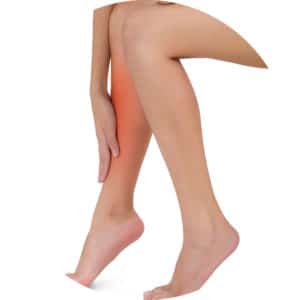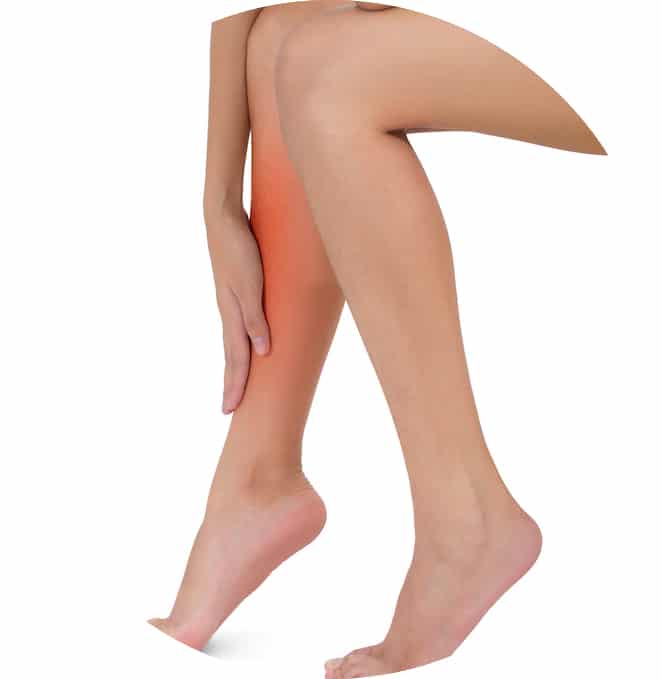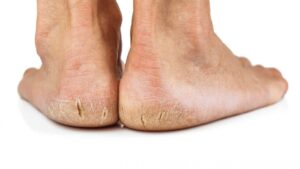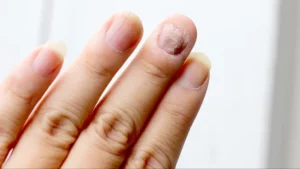
The term Media Tibial Stress Syndrome (MTSS) is used to describe different injuries which cause pain in the inner, lower portion of the leg. Medial Tibial Stress Syndrome is also commonly referred to as shin splints; however, many experts believe that Medial Tibial Stress Syndrome is the correct term to describe this condition, since it describes the symptoms and cause behind it more accurately.
Medial Tibial Stress Syndrome or shin splint treatment is easy to follow and should be dictated by a podiatrist. If shin splint treatment is followed correctly, recovery is quick, simple, and patients can return to their normal routine in a matter of weeks.
Medial Tibial Stress Syndrome usually affects the tibialis anterior and tibialis posterior muscles. It can also affect the gastrocnemius, soleus, and plantaris muscles. The condition is caused by repetitive stress, which tends to be caused when these muscles are overused. This can happen when people increase the intensity or length of their workout routines in a sudden manner, don’t use footwear with proper shock absorption materials, or run on uneven surfaces. There are also biomechanical abnormalities, such as over-pronation of the feet, which can increase the risk of developing Medial Tibial Stress Syndrome.
The clinical presentation of this syndrome is characterised by dull pain which appears over an area larger than 5 centimetres along the inner, lower portion of the leg. The pain appears during or shortly after exercise, and it tends to improve with rest. The painful area can be tender and slightly swollen. It typically affects athletes –especially runners-, dancers, military recruits, people who are overweight or out of shape, and workers who perform strenuous physical activities.
The good news is that Medial Tibial Stress Syndrome or shin splint treatment is very simple, rarely requires medical interventions, and is very easy to follow. The first step to recovery is to rest; if you don’t allow your injured tissues to heal properly, the rest of the shin splint treatment won’t be effective.
Read our article on 5 effective treatments for shin splints










